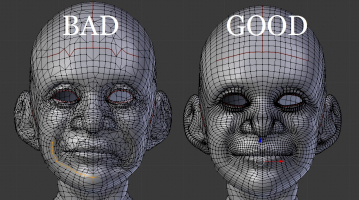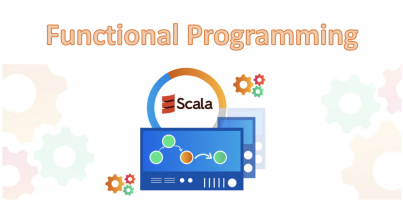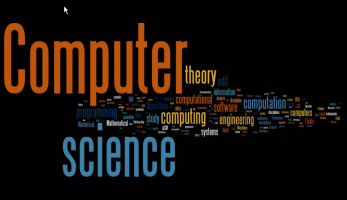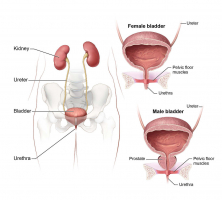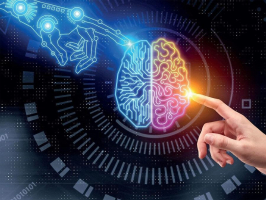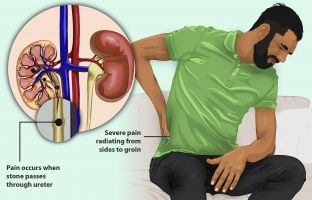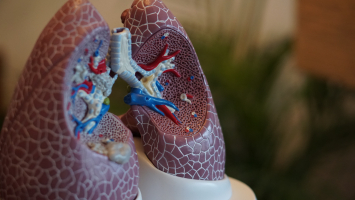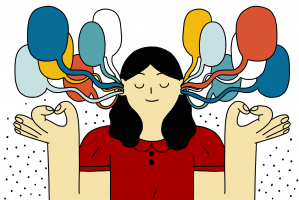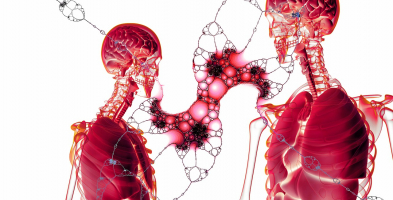Top 10 Best Books On Image Processing
Image processing is a method of performing operations on an image in order to improve it or extract useful information from it. It is a type of signal ... read more...processing in which the input is an image and the output can be an image or image characteristics/features. Based on recommendations from world experts, sales data, and millions of reader ratings, we researched and ranked the best books on image processing in the world.
-
François Chollet is a deep learning researcher at Google in Mountain View, California. He created the Keras deep-learning library and contributed to the Tensor Flow machine-learning framework. He also conducts deep-learning research, with a particular interest in computer vision and the application of machine learning to formal reasoning. His papers have appeared in major conferences such as the Conference on Computer Vision and Pattern Recognition (CVPR), the Conference and Workshop on Neural Information Processing Systems (NIPS), and the International Conference on Learning Representations (ICLR), among others.
In recent years, machine learning has made remarkable progress. We progressed from near-impossible speech and image recognition to near-human accuracy. We progressed from machines incapable of defeating a serious Go player to defeating a world champion. Deep learning—a combination of engineering advances, best practices, and theory that enables a wealth of previously impossible smart applications—is driving this progress.
Deep Learning with Python delves into the field of deep learning by utilizing the Python programming language and the powerful Keras library. This book, written by Keras creator and Google AI researcher François Chollet, will help you understand the technology through intuitive explanations and practical examples. You'll learn difficult concepts and apply them in computer vision, natural-language processing, and generative models. By the end, you'll have the knowledge and hands-on experience to apply deep learning to your own projects.
You'll have a solid understanding of what deep learning is, when it's applicable, and what its limitations are after reading this book. You'll be familiar with the standard workflow for approaching and solving machine-learning problems, as well as how to deal with common problems. Keras can be used to solve real-world problems ranging from computer vision to natural-language processing, such as image classification, timeseries forecasting, sentiment analysis, image and text generation, and more. This book covers neural style transfer, text generation, and image generation.
Author: Francois Chollet
Link to buy: https://www.amazon.com/gp/product/1617294438/
Ratings: 4.5 out of 5 stars (from 1376 reviews)
Best Sellers Rank: #263,209 in Books
#68 in Computer Neural Networks
#284 in Python Programming
#299 in Artificial Intelligence & Semantics
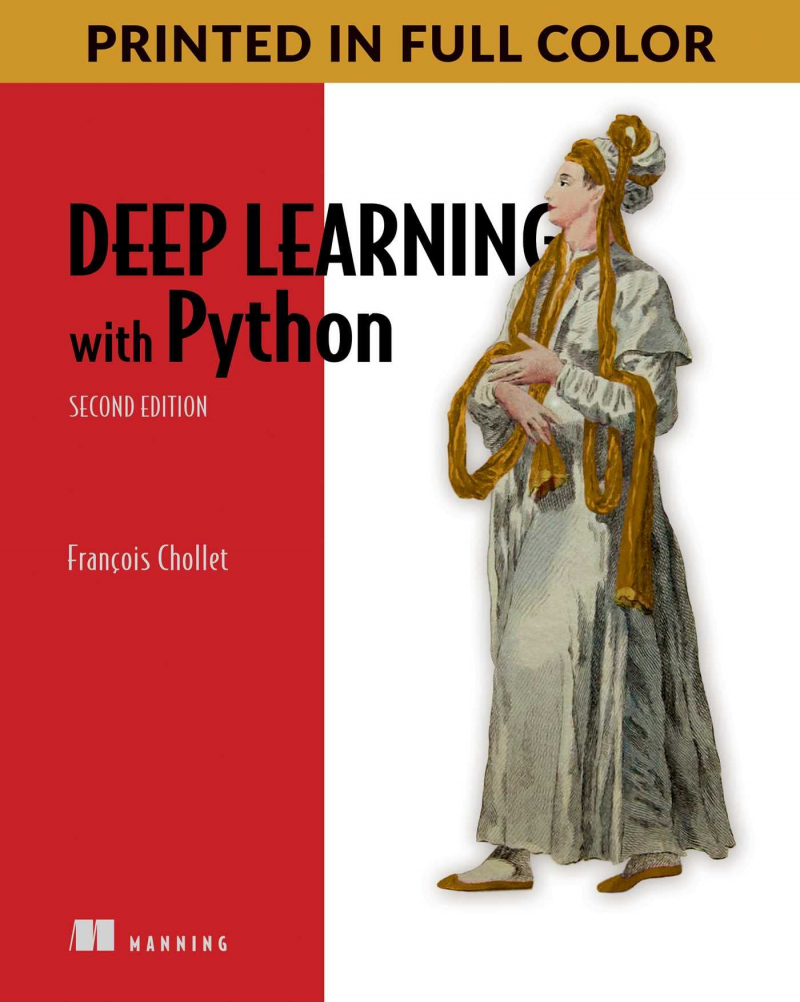
https://www.amazon.com/ 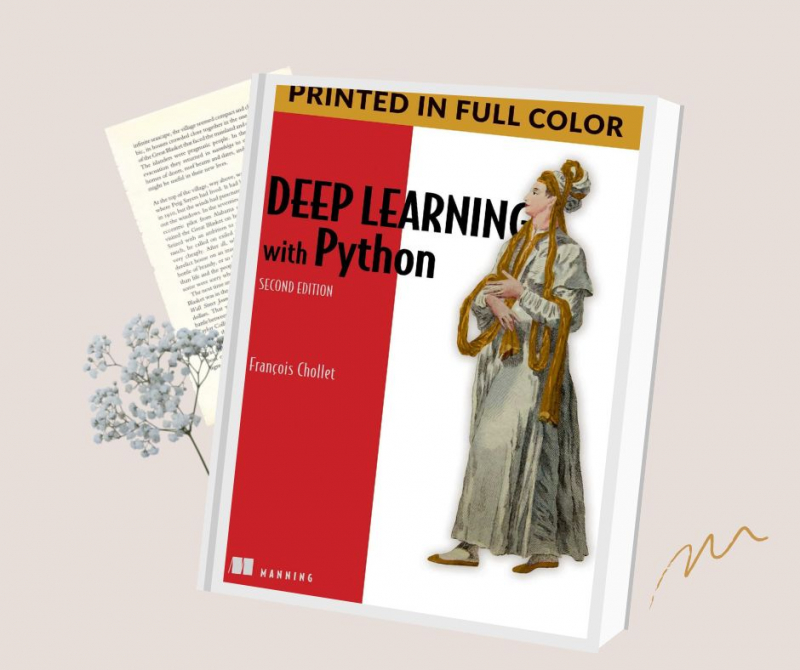
https://www.amazon.com/ -
Rafael C. Gonzalez earned his B.S.E.E. from the University of Miami in 1965, as well as his M.E. and Ph.D. in electrical engineering from the University of Florida, Gainesville, in 1967 and 1970, respectively. In 1970, he joined the Department of Electrical and Computer Engineering at the University of Tennessee, Knoxville (UTK), where he rose through the ranks to Associate Professor in 1973, Professor in 1978, and Distinguished Service Professor in 1984.
In 1975, 1977, and 1980, Richard E. Woods received his B.S., M.S., and Ph.D. in Electrical Engineering from the University of Tennessee, Knoxville. In 1981, he was appointed as an Assistant Professor of Electrical Engineering and Computer Science, and in 1986, he was named a Distinguished Engineering Alumnus.
Among the best books on image processing, Image Processing has been the foundational text for the study of digital image processing for over 40 years. The book is appropriate for college seniors and first-year graduate students who have prior knowledge of mathematical analysis, vectors, matrices, probability, statistics, linear systems, and computer programming. This edition of the book, like all previous editions, focuses on fundamentals.
The book's 40th anniversary is commemorated in the 4th Edition, which is based on an extensive survey of faculty, students, and independent readers from 150 institutions in 30 countries. Deep learning and deep neural networks, including convolutional neural nets, the scale-invariant feature transform (SIFT), maximally-stable extremal regions (MSERs), graph cuts, k-means clustering and superpixels, active contours (snakes and level sets), and exact histogram matching, have all benefited from their feedback. The material on image transforms was reorganized into a more cohesive presentation, and the discussion of spatial kernels and spatial filtering was greatly improved. Throughout the book, major revisions and additions were made to examples and homework exercises. For the first time, we included MATLAB projects at the end of each chapter and compiled support packages containing solutions, image databases, and sample code for you and your teacher.
Author: Richard E. Woods and Rafael C. Gonzalez
Link to buy: https://www.amazon.com/gp/aw/d/0133356728/
Ratings: 4.7 out of 5 stars (from 81 reviews)
Best Sellers Rank: #540,875 in Books
#14 in Computer Hardware DSPs
#23 in Signal Processing
#34 in Imaging Systems Engineering
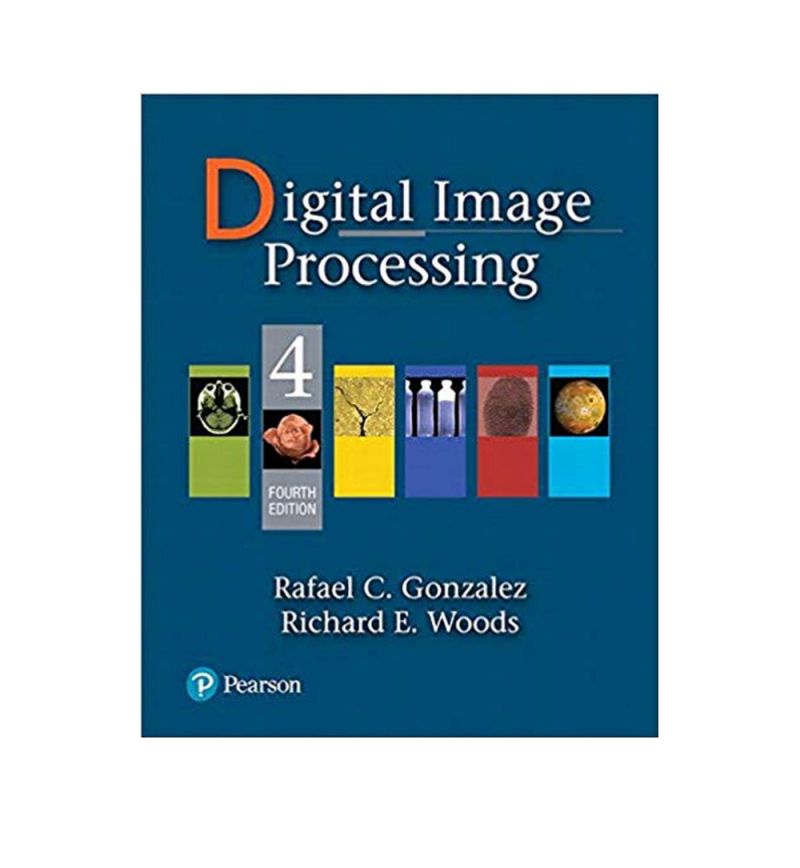
https://kayazbookstore.pk/ 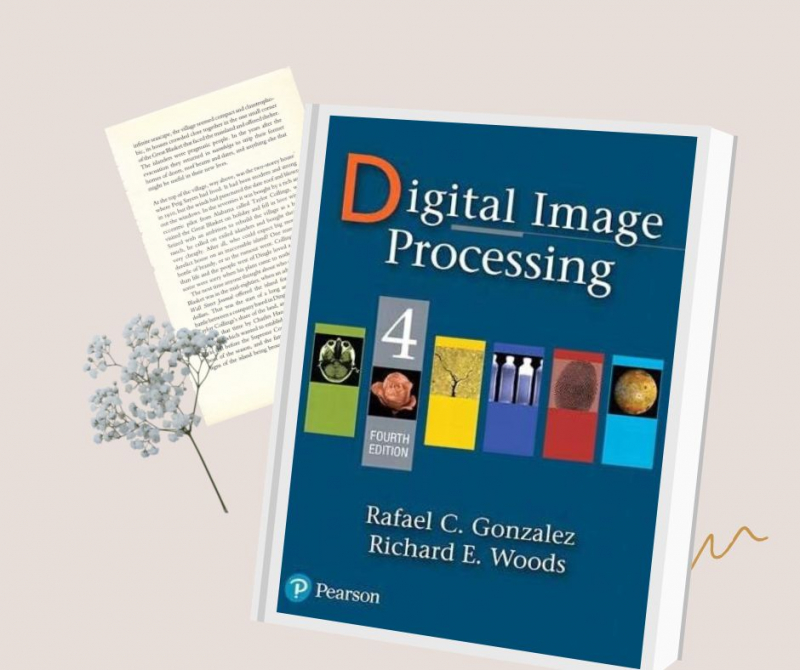
https://kayazbookstore.pk/ -
Wilhelm Burger, Ph.D., is the program director for Digital Media at Upper Austria University of Applied Sciences in Hagenberg. In Washington, D.C., Mark J. Burge, Ph.D., is a senior principal at MITRE.
This user-friendly textbook is the third of three volumes that provide a modern, algorithmic introduction to digital image processing. Principles of Digital Image Processing: Advanced Methods, one of the best books on image processing, is intended for both learners looking for a solid foundation and practitioners looking for critical analysis and concrete implementations of the most important techniques. This volume expands on the introductory material presented in the previous two volumes (Fundamental Techniques and Core Algorithms) by introducing new key concepts and methods in image processing.
Topics and features:
- Practical examples and carefully constructed chapter-ending exercises based on the authors' years of teaching this material are provided.
- For programmers and practitioners, real implementations, concise mathematical notation, and precise algorithmic descriptions are provided.
- Java code that is easily adaptable and fully worked-out examples for easy inclusion in existing (and rapid prototyping of new) applications
- ImageJ is an image processing system developed, maintained, and freely distributed by the National Institutes of Health in the United States (NIH)
- www.imagingbook.com is a supplementary website that contains the complete Java source code, test images, and corrections.
- A complete set of figures, tables, and mathematical elements are available as additional presentation tools for instructors.
This comprehensive, reader-friendly text will provide undergraduates with a deeper understanding of the subject and will be invaluable for furthering knowledge through self-study.
Author: Wilhelm Burger and Mark J. Burge
Link to buy: https://www.amazon.com/gp/product/1848829183/
Ratings: 4.8 out of 5 stars (from 22 reviews)
Best Sellers Rank: #3,494,735 in Books
#289 in Imaging Systems Engineering
#656 in Computer Vision & Pattern Recognition
#11,173 in Software Design, Testing & Engineering (Books)
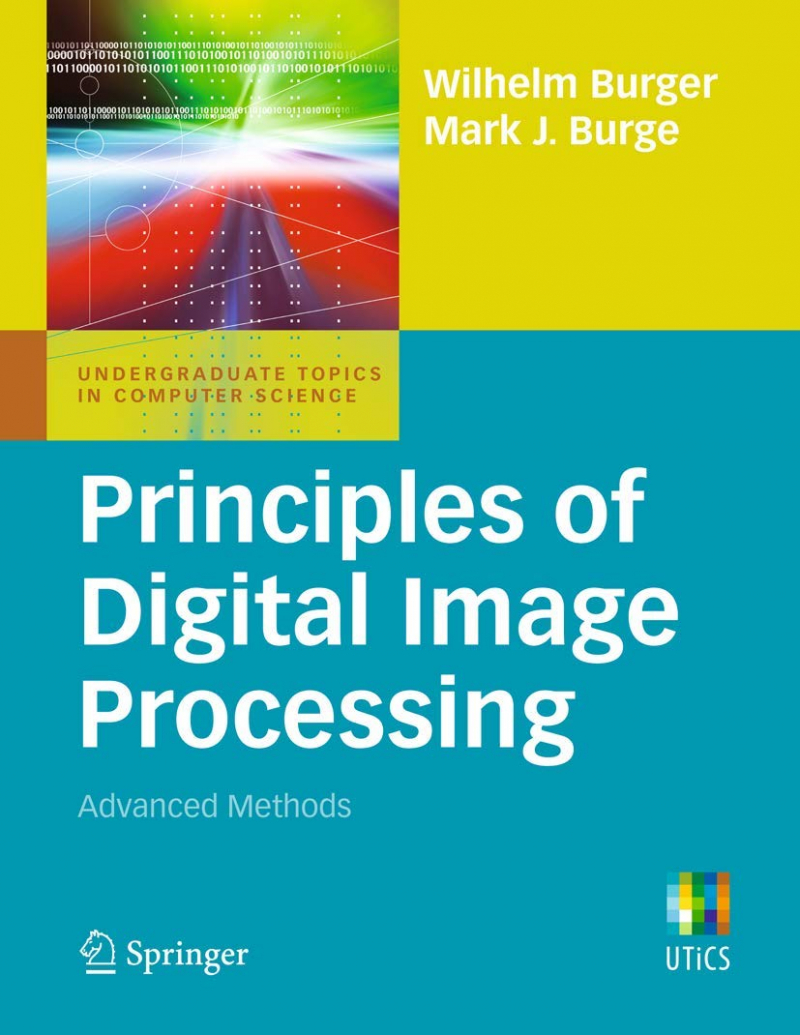
https://www.amazon.com/ 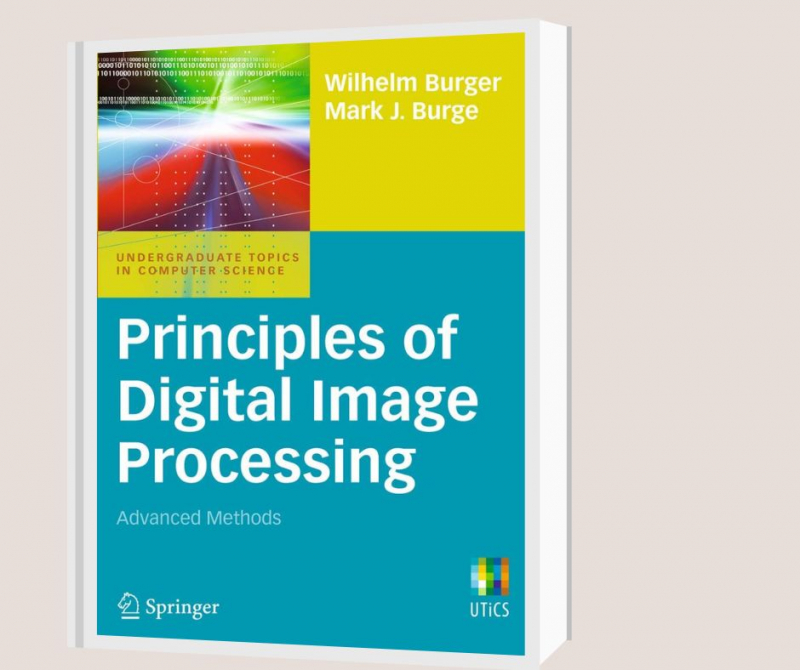
https://www.amazon.com/ -
Daniel Shiffman is an Assistant Arts Professor at NYU's Tisch School of the Arts' Interactive Telecommunications Program. Daniel, who is originally from Baltimore, graduated from Yale University with a BA in Mathematics and Philosophy and a Master's Degree from the Interactive Telecommunications Program. He is the author of Learning Processing: A Beginner's Guide to Programming Images, Animation, and Interaction, as well as The Nature of Code (self-published through Kickstarter), a text and series of code examples about simulating natural phenomena in Processing.
Learning Processing, Second Edition is an approachable introduction to Processing, a free, open-source alternative to costly software and intimidating programming languages. This book is for the complete programming novice who has no prior experience. It teaches the fundamental programming building blocks required to create cutting-edge graphics applications such as interactive art, live video processing, and data visualization. Your learning curve is supported by step-by-step examples, detailed explanations, hands-on exercises, and sample code.
The book, a one-of-a-kind lab-style manual, gives graphic and web designers, artists, and illustrators of all stripes a head start on working with the Processing programming environment by providing instruction on the language's basic principles, followed by careful explanations of select advanced techniques. The book was created with a supportive learning experience in mind. It teaches object-oriented programming from the ground up within the fascinating context of interactive visual media, from algorithms and data mining to rendering and debugging.
This book is ideal for graphic designers and visual artists who want to learn programming but have no programming experience. It will also appeal to students enrolled in college and graduate courses in interactive media or visual computing, as well as those interested in self-study.
- A step-by-step introduction to Processing, a free, open-source alternative to expensive software and intimidating programming languages.
- No prior programming experience is required—this book is for complete beginners!
- Your learning curve is supported by step-by-step examples, detailed explanations, hands-on exercises, and sample code.
Author: Daniel Shiffman
Link to buy: https://www.amazon.com/gp/aw/d/0123944430/
Ratings: 4.6 out of 5 stars (from 141 reviews)
Best Sellers Rank: #285,580 in Books
#25 in 3D Graphic Design
#402 in Introductory & Beginning Programming
#773 in Software Design, Testing & Engineering (Books)
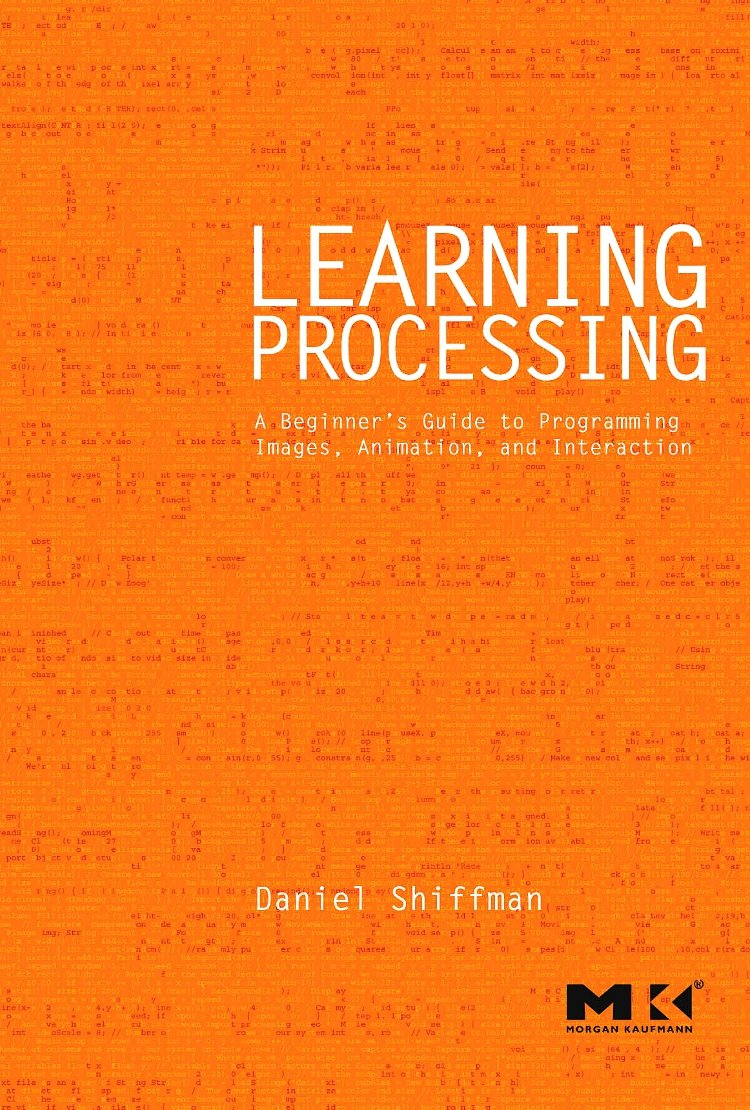
https://www.amazon.co.uk/ 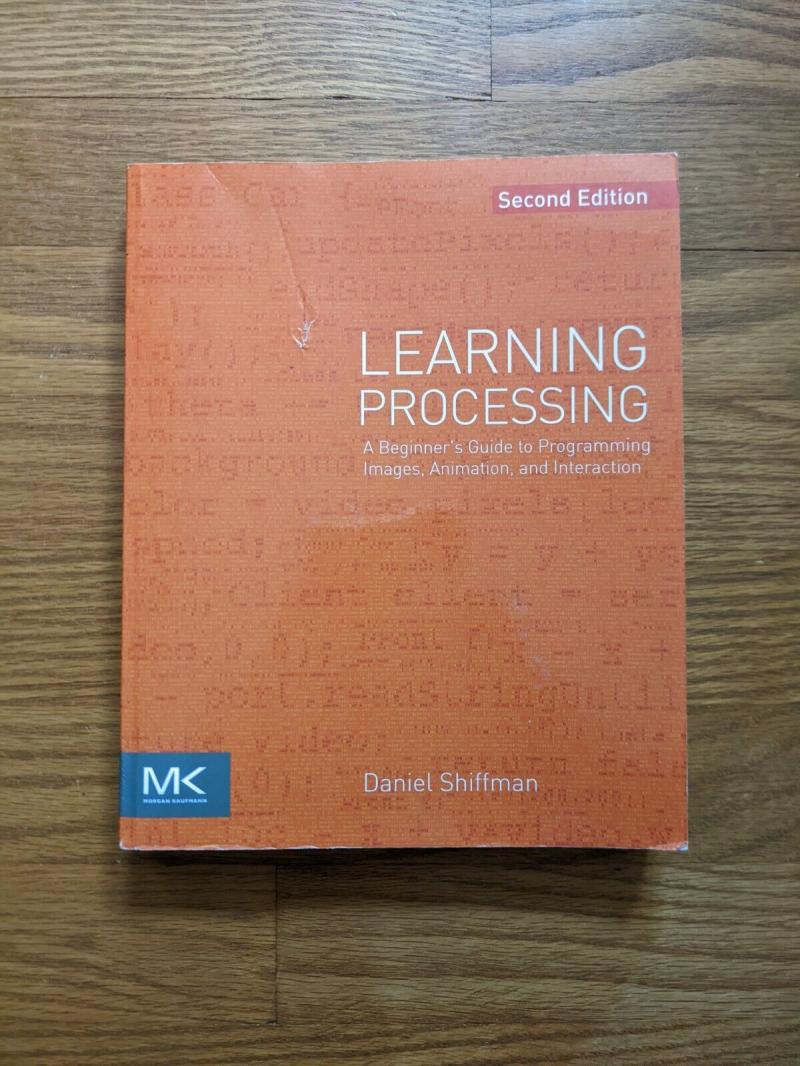
ebay.com -
Arsath Natheem is an Indian biomedical engineer and YouTuber. He is particularly interested in blockchain technology, artificial intelligence, and data science. He received the award for best project for a human interaction intelligence robot and an IoT-based voice recognition robot for defense applications. He was interested in data science research and content creation, and he now works as a self-publishing author and technical writer on Amazon.
Digital Image Processing using MATLAB will teach you everything you need to know about digital image processing. The significance and necessity of image processing stem from two application areas: the first is data improvement for individual interpretation, and the second is data processing for machine perception. The book is considered one of the best books on image processing.
Remote sensing, image and information storage for transmission in acoustic imaging, medical imaging, business applications, forensic sciences, and industrial automation are all examples of digital image processing applications. Images aid in the tracking and mapping of earth resources, as well as the forecasting of urban populations, agricultural crops, climate forecasting, flooding, and fire control. Space imaging applications include object comprehension and analysis in images obtained from deep space probe missions. Medical programs include X-Ray processing, Ultrasonic scanning, Electron micrographs, Magnetic Resonance Imaging, Nuclear Magnetic Resonance Imaging, and others.
Aside from the aforementioned applications, digital image processing is used to solve a variety of problems. Even if unrelated, these issues frequently necessitate methods for improving information. Image manipulation Images that have been degraded or blurred are treated using procedures such as restoration and image enhancement. Image processing concepts are being used effectively in defense, astronomy, biology, medical, and industrial applications. In terms of Medical Imaging, almost all of the images could be used in the detection of tumors or in the viewing of patients. The current primary application of digital image processing (DIP) methods is to solve the problem of machine vision in order to achieve superior results.
Author: Arsath Natheem
Link to buy: https://www.amazon.com/gp/aw/d/1973565153/
Ratings: 4.7 out of 5 stars (from 138 reviews)
Best Sellers Rank: #1,880,265 in Books
#1,642 in Computers & Technology Education
#14,334 in Education (Books)
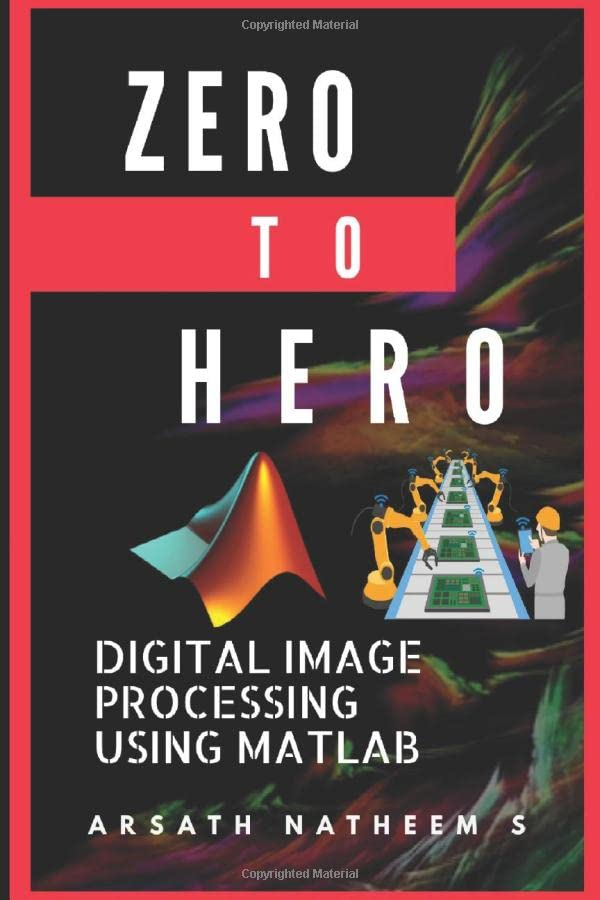
https://www.amazon.com/ 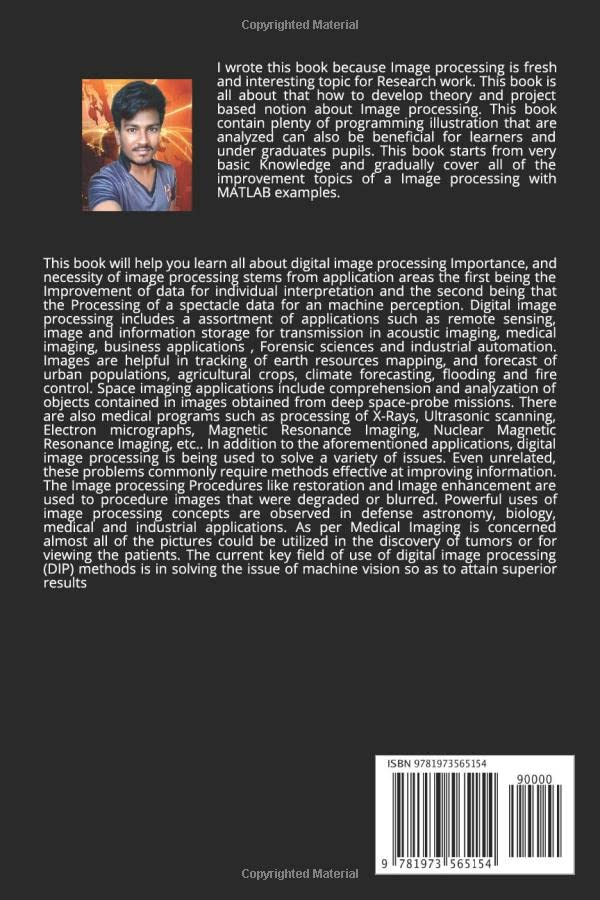
https://www.amazon.com/ -
Fundamentals of Digital Image Processing is an introductory to intermediate level text on image processing science that uses the Matlab programming language to demonstrate some of the fundamental, key concepts in modern image processing and pattern recognition. The approach is primarily practical, and the book provides a framework within which the concepts can be understood through a series of well-chosen examples, exercises, and computer experiments drawn from science, medicine, and engineering.
The book is clearly divided into eleven distinct chapters and begins with a quick-start introduction to image processing to make later topics more accessible. Following chapters provide a more advanced discussion of topics involving more difficult concepts, with the final chapter focusing on the application of automated image classification (with Matlab examples).
Matlab is frequently used in the book as a tool for demonstrations, experiments, and problem solving because it is both well-suited for this role and widely available. Prior Matlab experience is not required, and those without Matlab access can still benefit from the independent presentation of topics and numerous examples.
- A companion website is available at www.wiley.com/go/solomon/fundamentals, which contains a Matlab primer, additional exercises, examples, instructor resources, and access to all files corresponding to the examples and exercises in the book.
- Numerous examples, graded exercises, and computer experiments are provided to assist both students and instructors.
Author: Chris Solomon and Stuart Gibson
Link to buy: https://www.amazon.com/gp/product/0470844736/
Ratings: 4.3 out of 5 stars (from 30 reviews)
Best Sellers Rank: #2,579,780 in Books
#641 in Computer Graphics
#2,392 in Physics (Books)
#4,153 in Telecommunications & Sensors
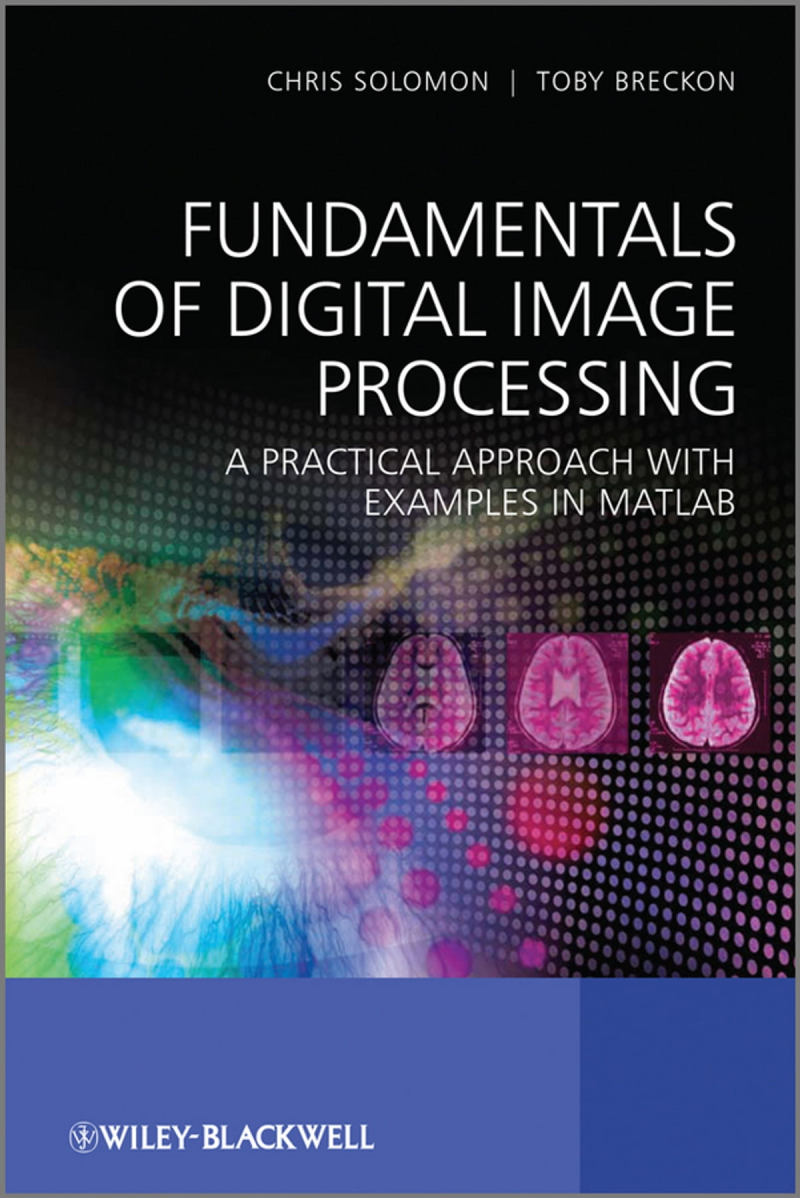
https://www.kobo.com/ 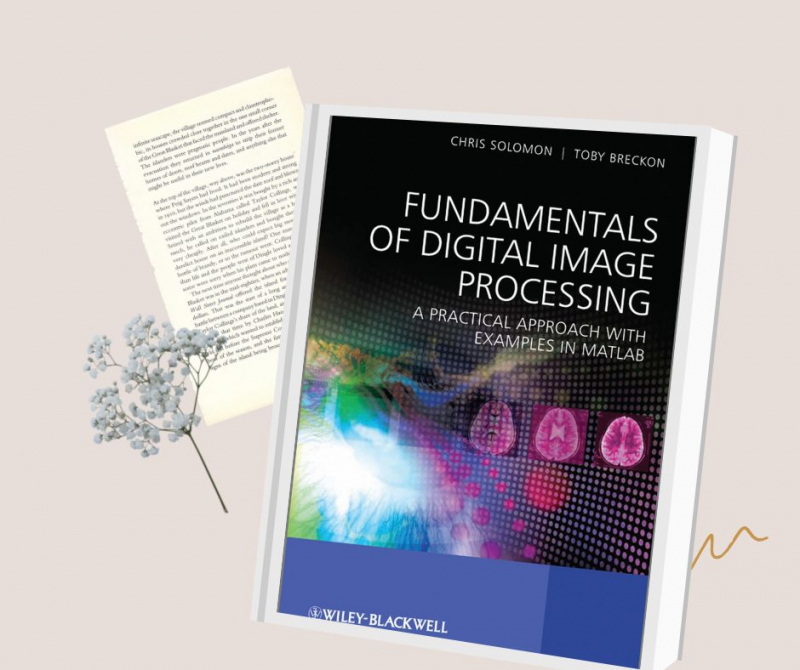
https://www.kobo.com/ -
Robert Gendler is an amateur astrophotographer who has received international acclaim for his work. Timothy Ferris referred to Gendler as "one of the greatest astrophotographers in all of history" in his PBS documentary Seeing in the Dark.
Thousands of amateur astronomers around the world are currently engaged in advanced astrophotography. Their numbers far outnumber those of professional astronomers, and their contributions, both technically and artistically, are the primary drivers of progress in the field today. This book is a one-of-a-kind collaboration of individuals who are world-renowned in their respective fields, and it covers each of the major sub-disciplines of astrophotography in detail. This approach provides the reader with the best opportunity to learn the most recent information and techniques directly from the field's leading innovators.
"Lessons from the Masters" brings together a brilliant group of recognized leaders in astronomical imaging, assembled by Robert Gendler, who provides the most up-to-date, sophisticated, and useful information on digital enhancement techniques in astrophotography available today. Each chapter focuses on a specific technique, but the book as a whole covers all types of astronomical image processing, including event processing with DSLRs, as well as deep-sky, planetary, widefield, and high resolution astronomical image processing. Deep-sky experts such as Jay GaBany, Tony Hallas, and Ken Crawford, as well as high-resolution planetary expert Damian Peach and TWAN (The World at Night) founder Babak A. Tafreshi, have all contributed.
A large number of illustrations (150, 75 in color) depict the difficulties and accomplishments involved in amateur astronomical image processing.
Author: Robert Gendler
Link to buy: https://www.amazon.com/gp/product/B00EHK9T24/
Ratings: 4.4 out of 5 stars (from 53 reviews)
Best Sellers Rank: #420,750 in Books
#45 in Astrophotography (Books)
#49 in Computer Vision & Pattern Recognition
#803 in Astronomy (Books)
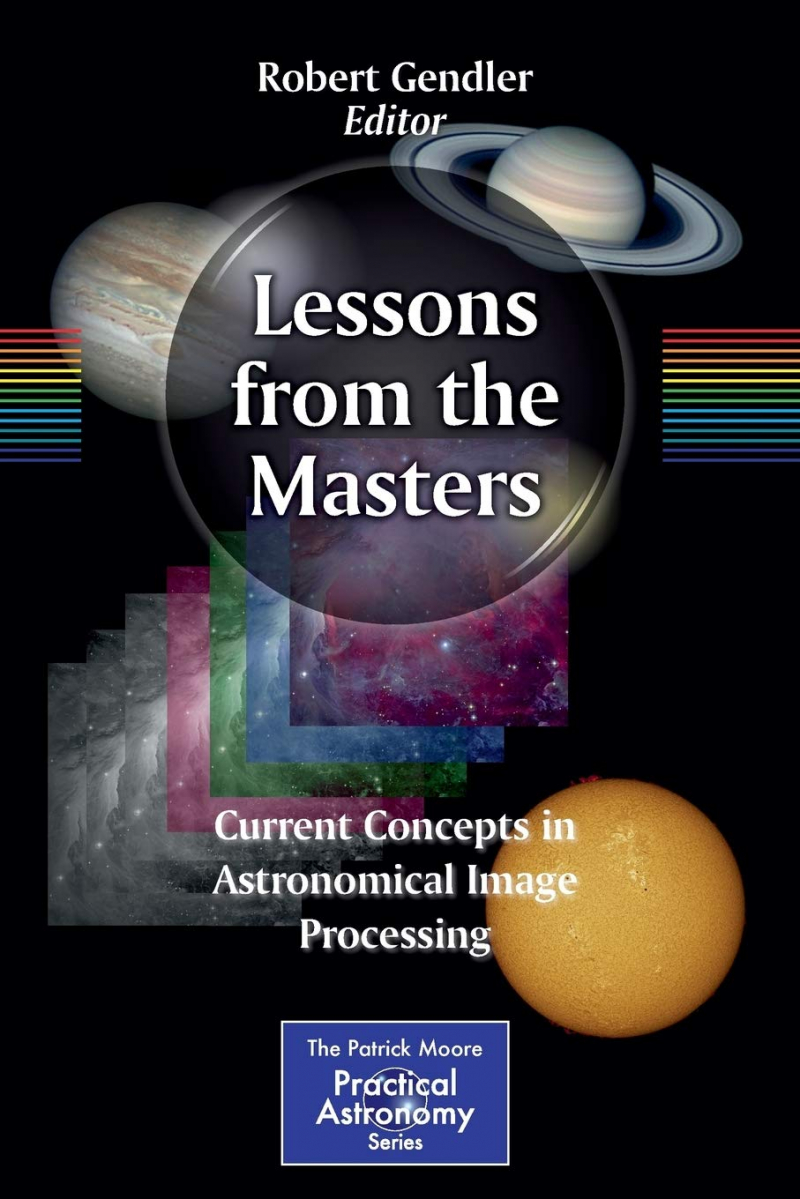
https://www.amazon.com/ 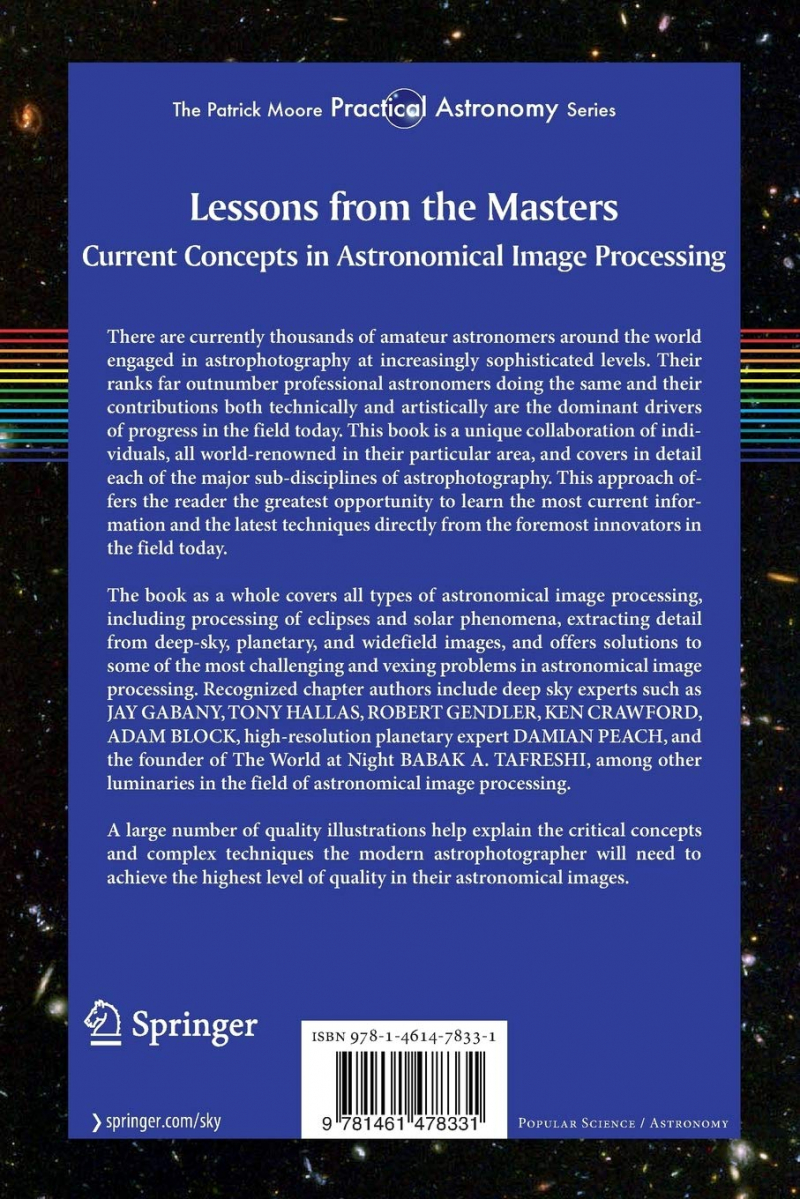
https://www.amazon.com/ -
Adrian Schulz is a Berlin-based architect with a degree from the Technical University of Berlin. He became interested in architectural photography early in his studies, and it became the subject of his thesis. Adrian is a professional architectural photographer who travels throughout Europe and North America.
Architectural photography entails more than just selecting a subject and pressing the shutter release button; it entails more than simply documenting a project. An architectural photograph captures a building's form and appeal better than any other medium. Architects, real estate firms, and interior designers are discovering exciting new ways to present and market their work with the advent of digital photographic workflow.
But what constitutes a successful architectural photograph? What tools will you require? How can you improve your digital darkroom images? Why does a building appear different in person than in a photograph? Architectural Photography contains the answers to these and other questions.
Adrian Schulz, a trained architect and photographer, uses real-world projects to teach you how to:
- Capture breathtaking images of buildings, both inside and out.
- Select the appropriate equipment and make effective use of it.
- Arrange architectural shots
- Utilize both natural and artificial lighting.
- Utilize an efficient workflow based on Adobe Photoshop to process images.
This book is a step-by-step guide to architectural photography for both the aspiring amateur photographer and the professional photographer looking to expand his skills in this field. Furthermore, architects will find this book motivating and inspiring. This third edition has been thoroughly revised, with 90 new images and illustrations. Updates include information on a variety of topics, including:
- Digital cameras, lens quality and construction, and large format cameras are examples of photographic technology.
- Shooting methods
- A professional architectural photographer's day in the life
- Analog to digital transition in stadium photography
- Image Processing, including screenshots from cutting-edge image-editing software like Adobe Photoshop CC
This book will teach you a variety of creative tips, tricks, and guidelines for creating the ideal architectural image.
Author: Adrian Schulz
Link to buy: https://www.amazon.com/gp/aw/d/1937538761/
Ratings: 4.6 out of 5 stars (from 67 reviews)
Best Sellers Rank: #667,636 in Books
#76 in House & Hotel Photography
#698 in Digital Photography (Books)

https://www.amazon.com/ 
https://www.amazon.com/ -
Scott E Umbaugh is a Southern Illinois University Edwardsville University Distinguished Research Professor and Graduate Program Director in the Department of Electrical and Computer Engineering (SIUE). He also serves as the Director of SIUE's Computer Vision and Image Processing (CVIP) Laboratory. For over 30 years, he has taught computer vision and image processing, as well as computer and electrical engineering design.
Digital image processing, whether for computer evaluation of otherworldly terrain or the latest high definition 3D blockbuster, involves the acquisition, analysis, and processing of visual information by computer and requires a unique skill set that has yet to be defined in a single text. Until now, that is.
Digital Image Processing and Analysis, which takes an applications-oriented, engineering approach, provides the tools for developing and advancing computer and human vision applications, as well as bringing image processing and analysis together into a unified framework.
The author presents topics as they become necessary for understanding the practical imaging model under study, providing information and background in a logical, as-needed fashion. He provides a conceptual presentation of the material to ensure a thorough understanding of complex topics, as well as a discussion of the theory and foundations of digital image processing, as well as the algorithm development required to advance the field.
Among the best books on image processing, this book provides supplementary exercises, a new chapter on applications, and two major new tools that allow for batch processing, the analysis of imaging algorithms, and the overall research and development of imaging applications, with liberal use of color throughout and more materials on the processing of color images than the previous edition. It includes two new software tools: the CVIP Feature Extraction and Pattern Classification Tool and the Computer Vision and Image Processing Algorithm Test and Analysis Tool.
This book, divided into five major sections, provides the concepts and models needed to analyze digital images and develop computer vision and human consumption applications, as well as all of the information required to use the CVIPtools environment for algorithm development, making it an ideal reference tool for this rapidly growing field.
Author: Scott E Umbaugh
Link to buy: https://www.amazon.com/gp/aw/d/143980205X/
Ratings: 4.5 out of 5 stars (from 9 reviews)
Best Sellers Rank: #2,234,490 in Books
#154 in Imaging Systems Engineering
#377 in Computer Vision & Pattern Recognition
#492 in Computer Graphics
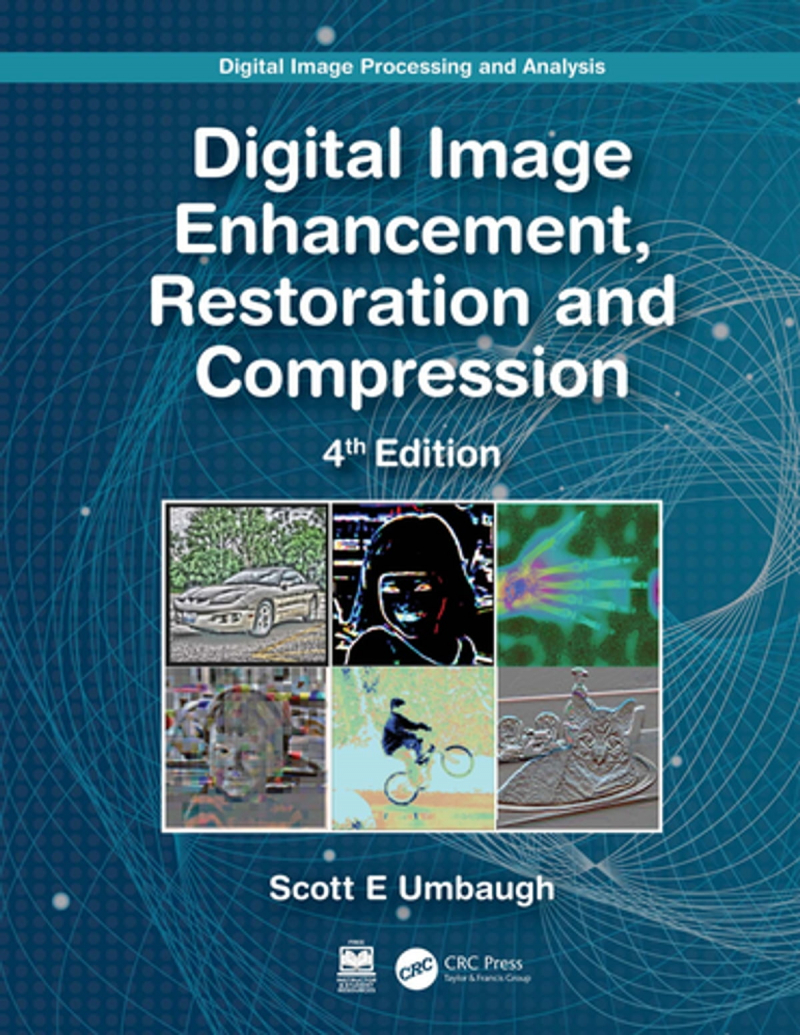
Kobo.com 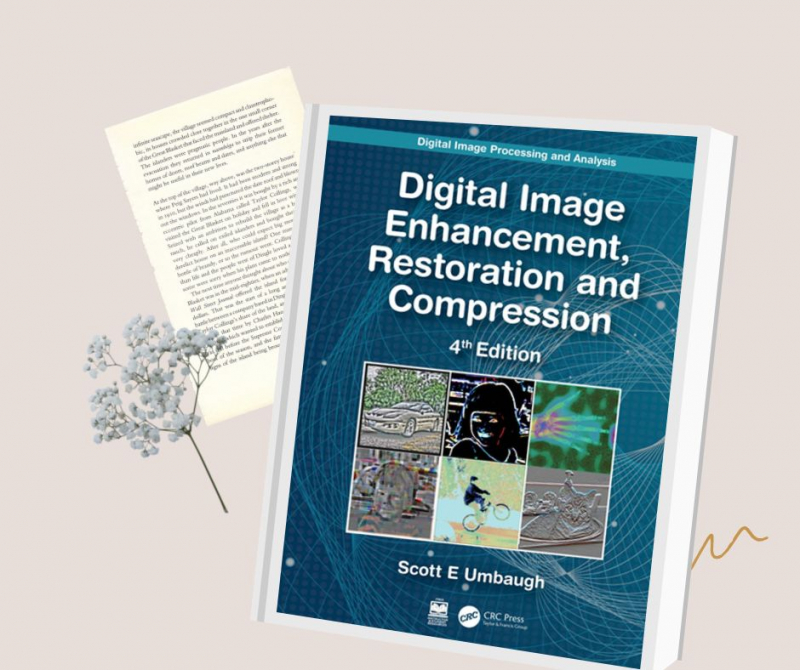
Kobo.com -
Wilhelm Burger, Ph.D., is the program director for Digital Media at Upper Austria University of Applied Sciences in Hagenberg. Dr. Mark J. Burge is a senior principal in Noblis' Center for National Security and Intelligence in Washington, D.C.
This user-friendly textbook is the second of three volumes that provide a modern, algorithmic introduction to digital image processing. It is intended for both learners looking for a solid foundation and practitioners looking for critical analysis and concrete implementations of the most important techniques. This volume expands on the introductory material presented in the first volume (Fundamental Techniques) by introducing new techniques that are not part of the standard image-processing toolbox.
Topics and features:
- Practical examples and carefully constructed chapter-ending exercises based on the authors' years of teaching this material are provided.
- For programmers and practitioners, real implementations, concise mathematical notation, and precise algorithmic descriptions are provided.
- Java code that is easily adaptable and fully worked-out examples for easy inclusion in existing (and rapid prototyping of new) applications
- ImageJ is an image processing system developed, maintained, and freely distributed by the National Institutes of Health in the United States (NIH)
- www.imagingbook.com is a supplementary website that contains the complete Java source code, test images, and corrections.
- A complete set of figures, tables, and mathematical elements are available as additional presentation tools for instructors.
This comprehensive, reader-friendly text will provide undergraduates with a deeper understanding of the subject and will be invaluable for furthering knowledge through self-study. Principles of Digital Image Processing: Core Algorithms is among the best books on image processing.
Author: Wilhelm Burger and Mark J. Burge
Link to buy: https://www.amazon.com/gp/aw/d/1848001940/
Ratings: 5 out of 5 stars (from 9 reviews)
Best Sellers Rank: #1,613,796 in Kindle Store
#50 in Imaging Systems Computer Engineering
#142 in Pattern Recognition
#198 in Imaging Systems Engineering
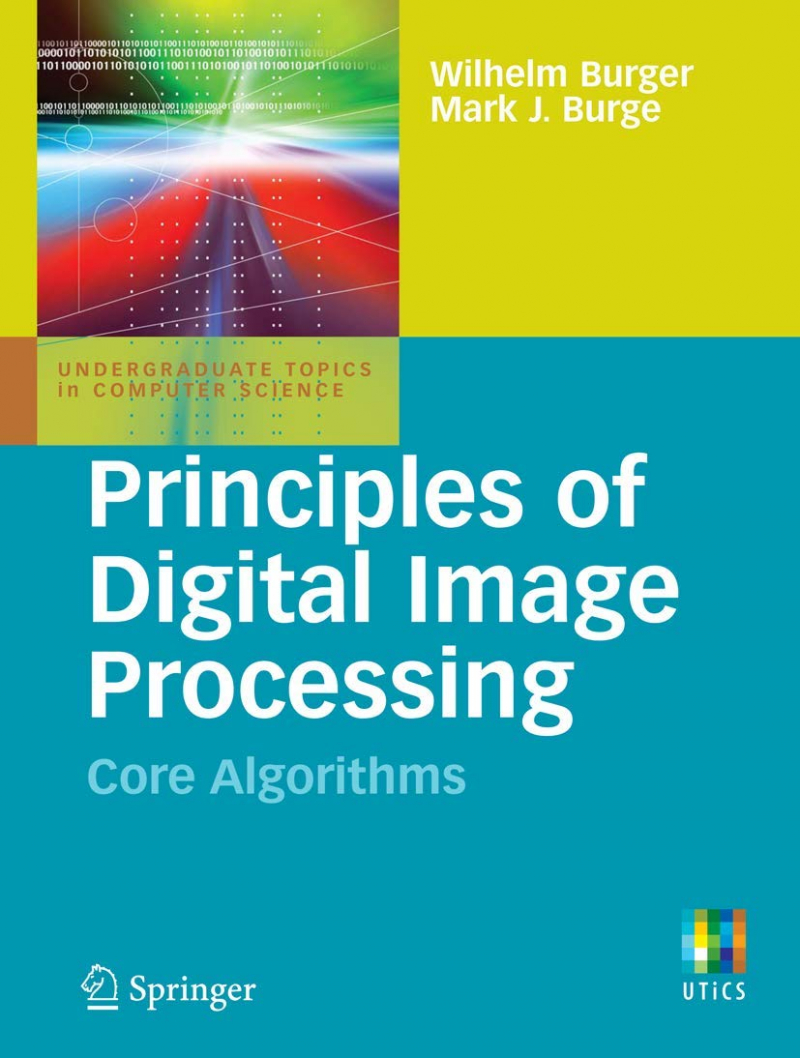
https://www.amazon.com/ 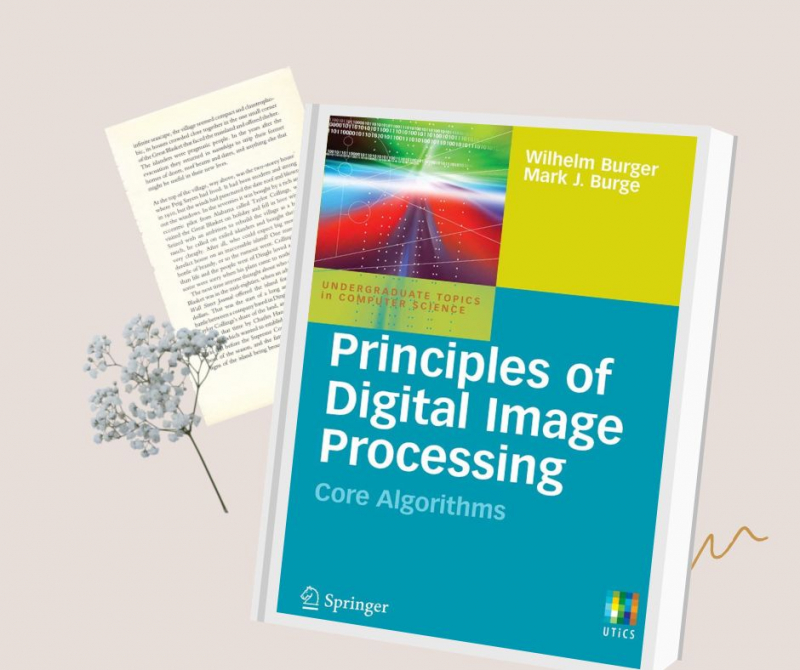
https://www.amazon.com/














